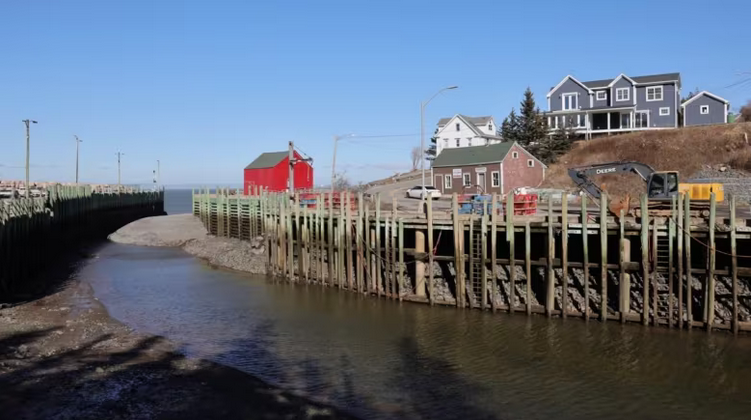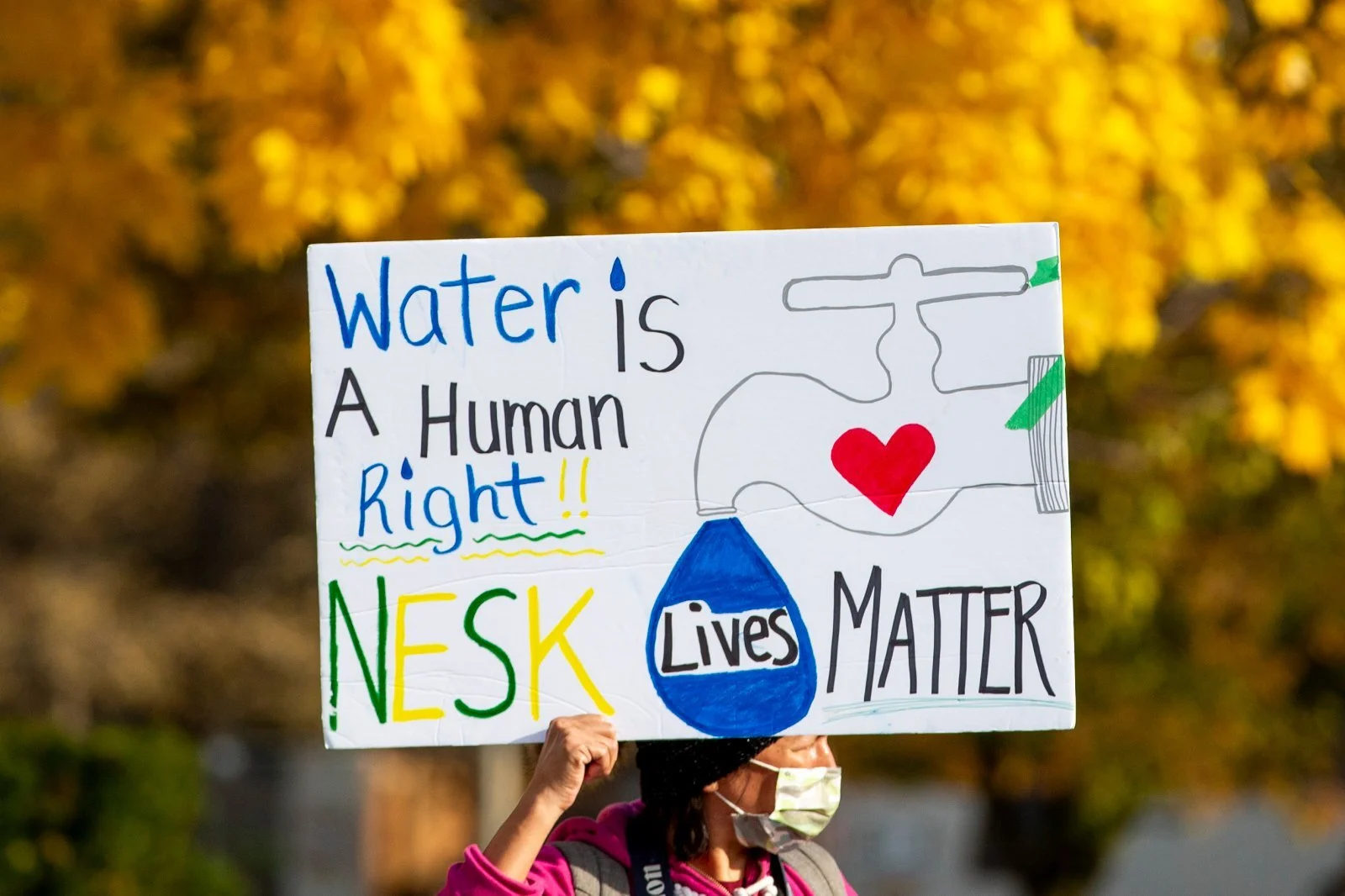The Biden administration on Friday said it would require states to report on cybersecurity threats in their audits of public water systems, a day after it released a broader plan to protect critical infrastructure against cyberattacks. The Environmental Protection Agency said public water systems are increasingly at risk from cyberattacks that amount to a threat to public health.
N.S. oceanside hamlet bands together to protect itself from climate change
Hope Shanks has seen more than her fair share of the effects of climate change. At least once a year, the bookkeeper for the restaurant and shop in Halls Harbour, N.S., has to help clean up after water from the Bay of Fundy breaches the seawall, sweeps across the parking lot and floods the restaurant. Most recently, on Christmas Eve, the Halls Harbour Lobster Pound was inundated with more than a metre of water.
Plan to create vast B.C. network of protected ocean opens to public
A plan to create a vast network of marine protected areas stretching from Vancouver Island to the Alaskan border inched closer to reality this Monday after the governments of Canada, British Columbia and over a dozen First Nations released a draft plan to the public. If enacted, the marine protected areas (MPAs) would protect nearly a third of the Northern Shelf Bioregion — a 100,000-square-kilometre tract of ocean also known as the Great Bear Sea.
Alberta regulator rejects feedlot application near Pigeon Lake
An Alberta regulatory body has turned down an application to expand a feedlot near a popular recreational lake, saying the location wasn't appropriate and would damage the local community. In a decision released Wednesday, the Natural Resources Conservation Board denied a plan from G&S Cattle to build a 4,000-head feedlot near the shores of Pigeon Lake, south of Edmonton. "I find that effects of this application on the community would not be acceptable, and that the proposed [confined feeding operation] would not be an appropriate use of this land," wrote approval officer Nathan Shirley.
Japan regulators approve release of Fukushima water into sea
Japan's nuclear regulators have approved a plan to release into the ocean water from the wrecked Fukushima Dai-ichi nuclear power plant, the government said on Friday. The water, used to cool reactors in the aftermath of the 2011 nuclear disaster, is being stored in huge tanks in the plant, and amounted to more than 1.3 million tonnes by July. The regulators deemed it safe to release the water, which will still contain traces of tritium after treatment, the foreign ministry said in a statement.
U.S. officials consider plan that would 'send' Nooksack River overflow into Canada
A plan devised by American officials that could lead to the creation of a “floodway” to allow the Nooksack River to spill into Canada during high water has many Abbotsford residents on edge. Paula Harris, river and flood manager for Whatcom County, presented the concept to the Whatcom County Flood Control Zone Advisory Committee earlier this month, asking them to support a request for federal funding to buy out homes in an area between the Nooksack River and the Canadian border as a way to mitigate future flooding.
Japan maps out action plan for disposal of Fukushima water
Japan's government on Tuesday mapped out a plan for releasing contaminated water from the crippled Fukushima nuclear plant into the sea, including compensation standards for local industry and the compilation of a safety assessment report. Japan said in April it would discharge more than 1 million tonnes of contaminated water in stages after treatment and dilution, starting around spring 2023. The announcement provoked concerns from local fishermen and objections from neighbouring China and South Korea.
City's plan to help Indigenous communities with water services remains up in the air
A city plan to improve water services to Indigenous communities is heading downstream. Barrie city council approved a motion Monday night to consult with Indigenous communities, including the Barrie Native Friendship Centre and the Barrie Area Native Advisory Circle, on the possibility of dedicating 0.2 per cent of its water and wastewater revenue forecast in the 2022 budget toward Water First, and that organization’s efforts to improve water services in First Nations communities.
Province lays out possible framework for water use in post-moratorium era
Officials with P.E.I.'s Department of Environment, Energy and Climate Action laid out a bare-bones plan Thursday for how water could be shared among various users — including farmers — once the province's moratorium on new high-capacity irrigation wells ends. The King government quietly signalled the end of the 19-year moratorium earlier this month, introducing changes to regulations under the Water Act that could be implemented in September.
Parliamentary committee gives Liberals until March 2022 to come up with drinking water plan
Canada’s Public Accounts committee is recommending that the federal government deliver to it a plan to address clean drinking water on First Nations by March 31, 2022. It’s one of four recommendations the committee issued Thursday in the wake of a scathing report by Auditor General Karen Hogan and her appearance before the committee in April. “Overall, Indigenous Services Canada has not provided the support needed to ensure that First Nations communities have ongoing access to safe drinking water,” said Hogan in her opening address to the committee.
How colonial systems have left some First Nations without drinking water
Rebecca Zagozewski, executive director of the Saskatchewan First Nations Water Association, said she has seen contractors save on costs when building water treatment plants on reserves by using obsolete parts and failing to include maintenance manuals, ventilation or chemical rooms, and bathrooms. “Engineering companies will put in their bids obviously as low as they can go,” said Zagozewski.
$10 million solution for Verner’s brown water problem
There’s hope at the end of a long water pipe for Verner residents who have endured ‘brown water’ issues for decades. The culprit is high levels of manganese, a naturally occurring mineral in the Veuve River. And it’s been a problem ever since the water plant was built in the 1970s. On Tuesday, West Nipissing council received a report that recommends connecting the community of 1,100 people to municipal water services as the best solution.













